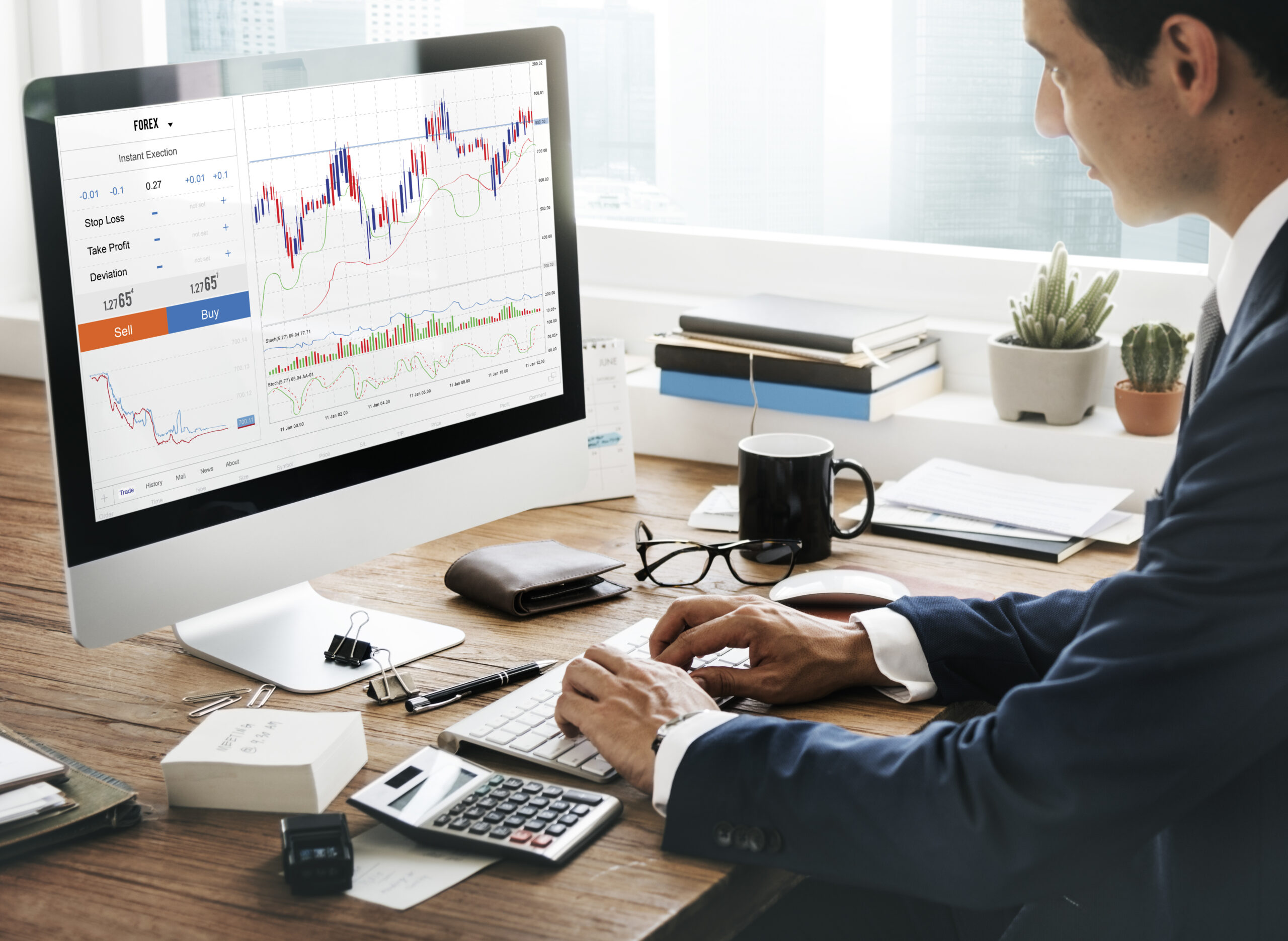
Introduction to Trading
Trading means buying and selling financial assets, like stocks, bonds, currencies, or commodities, to make a profit. If you want to get into trading, it’s important to understand the basics.
Types of Financial Markets
Here are the main financial markets where you can trade:
- Stock Market: This is where you buy and sell shares of companies. It’s a popular choice for beginners.
- Forex Market: This is where you trade currencies. It’s the biggest and most liquid market.
- Commodities Market: This involves trading raw materials like gold, oil, and agricultural products.
- Bond Market: Here, you trade debt securities issued by governments and companies.
- Derivatives Market: This market includes contracts like futures and options that are based on other assets.
Understanding these markets helps you choose what to trade based on your interests and goals.
Key Trading Concepts
To get started with trading, you should know these basic concepts:
- Bull and Bear Markets
- Bull Market: When prices are going up.
- Bear Market: When prices are going down.
- Long and Short Positions
- Long Position: Buying an asset because you think its price will go up.
- Short Position: Selling an asset you don’t own, hoping to buy it back later at a lower price.
- Bid and Ask Prices
- Bid Price: The highest price a buyer will pay.
- Ask Price: The lowest price a seller will accept.
- Spread
- The difference between the bid and ask prices. It’s a cost of trading.
- Volume
- The number of shares or contracts traded. High volume means a lot of interest in that asset.
Common Trading Strategies
Here are some strategies traders use:
- Day Trading: Buying and selling within the same day.
- Swing Trading: Holding positions for several days or weeks to profit from price changes.
- Position Trading: Holding long-term positions based on market trends.
- Scalping: Making many small trades to profit from minor price changes.
- Momentum Trading: Buying assets that are moving strongly in one direction and selling when the movement slows.
Each strategy has its own risks and requires different levels of time and commitment.
Risk Management in Trading
Managing risk is crucial. Here are some techniques:
- Stop-Loss Orders: Automatically sell an asset when it reaches a certain price to limit losses.
- Position Sizing: Only risk a small percentage of your capital on each trade, usually 1-2%.
- Diversification: Spread your investments across different assets to reduce risk.
- Risk-Reward Ratio: Compare the potential profit of a trade to its potential loss. Aim for a ratio of at least 2:1.
- Emotional Control: Stay calm and avoid making decisions based on fear or greed.
Tools and Resources for Traders
To trade effectively, you need these tools:
- Trading Platforms: Software for executing trades and monitoring markets (e.g., MetaTrader, ThinkorSwim).
- Charting Software: Tools for analyzing price charts (e.g., TradingView).
- Financial News Sources: Keep updated with market news from sources like Bloomberg and Reuters.
- Educational Resources: Learn more from websites like Investopedia and Babypips.
- Practice Accounts: Use demo accounts to practice trading without risking real money.
Getting Started with Trading
Here’s how to begin:
- Educate Yourself: Learn about trading concepts and strategies.
- Choose a Market: Pick the market that fits your interests and goals.
- Select a Broker: Find a reputable broker that offers the assets you want to trade.
- Practice with a Demo Account: Test your strategies with virtual money.
- Start Small: Begin with small amounts of real money and increase as you gain experience.
- Keep a Trading Journal: Track your trades and learn from them.
- Stay Informed: Follow financial news and keep learning about trading.
Understanding these basics is just the start. Successful trading needs continuous learning, practice, and adapting to changing markets. Be patient and disciplined, and you’ll be on your way to becoming a skilled trader.
